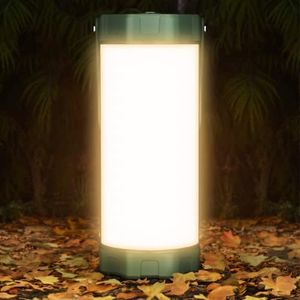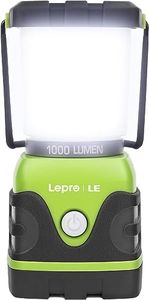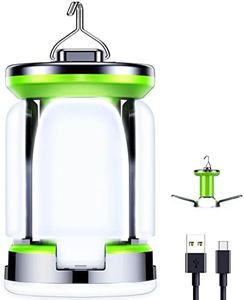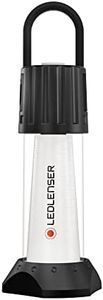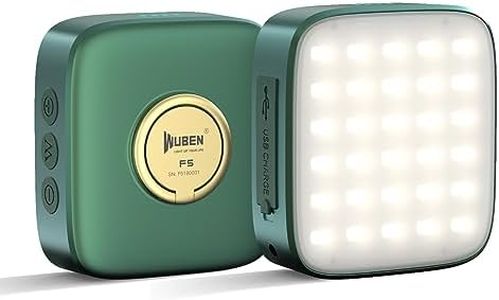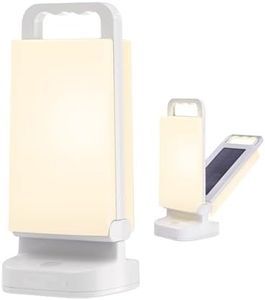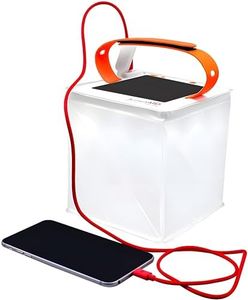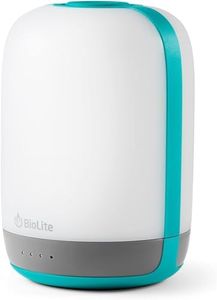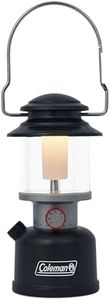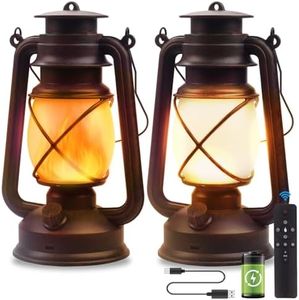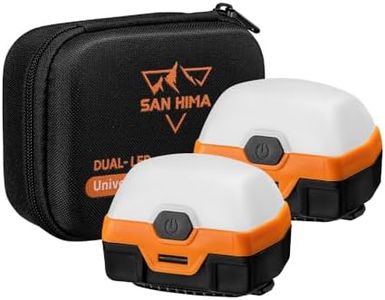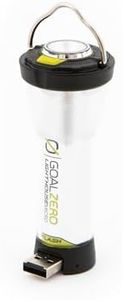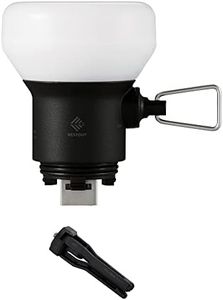We Use CookiesWe use cookies to enhance the security, performance,
functionality and for analytical and promotional activities. By continuing to browse this site you
are agreeing to our privacy policy
10 Best Camping Lanterns
From leading brands and best sellers available on the web.Buying Guide for the Best Camping Lanterns
Selecting the right camping lantern can make your outdoor experience much more enjoyable and safe. It's not just about having light—it’s about having adjustable, reliable, and durable illumination that fits the way you camp. Before diving into the specifics, think about what activities you'll be using the lantern for, how many people will depend on its light, whether you’ll carry it in a backpack or keep it at a campsite, and what kind of environment or weather you might face. Understanding your habits and needs will help you focus on the most important features for your camping style.Brightness (Lumens)Brightness, measured in lumens, tells you how much light a lantern can put out. The higher the number, the brighter the light. For close tasks like reading or cooking at a small camp table, a lantern with 50–150 lumens is usually enough. For lighting up larger campsites or groups, look for something in the 200–500 lumens range. If you want a lantern for both ambient light and task lighting, choose one with adjustable brightness so you’re not stuck with too much or too little light—pick based on what’s comfortable for your eyes and suitable for your activities.
Power SourceCamping lanterns can be powered by disposable batteries, built-in rechargeable batteries, solar panels, or even fuel like propane. Battery and USB-rechargeable versions are easy to use and more compact, making them ideal if you’re hiking or don’t want to carry fuel. Fuel-powered or large battery lanterns are better for car camping or extended trips because they last longer. Think about your trip length, whether you’ll have access to charging, and how much weight you’re willing to carry to decide which power source suits your trip.
RuntimeRuntime is how long the lantern can provide light before it needs a recharge or new fuel. Longer runtimes are important if you’ll be out for many nights or away from power sources. Modern lanterns often list runtimes at different brightness settings—for example, they last much longer at the lowest setting. Estimate how many hours you’ll need the lantern each night and choose a lantern with a runtime comfortably exceeding that, especially if you can't recharge or refuel easily.
Size and WeightThe size and weight of a lantern affect how easy it is to pack and carry. Small, lightweight options are best for backpackers or minimalist campers, while larger, sturdier lanterns may provide more light and last longer, making them better for base camps or car camping. Match the lantern’s size to your camping style—pick the smallest light that meets your brightness and runtime needs if you have to carry it far, or opt for a larger model if portability isn’t a concern.
Durability and Weather ResistanceCamp life can be tough on gear, so consider how well the lantern can handle drops, moisture, and dust. Look for terms like 'water-resistant,' 'waterproof,' or 'rugged' in descriptions. If you’ll be in wet or challenging environments, a lantern with an official IP (Ingress Protection) rating gives more confidence. Choose a level of durability based on how rough your activities are and how unpredictable the weather might be—more durable models are a safer bet for regular and active campers.
Light Modes and FeaturesSome lanterns offer extra features like dimming, red light, flashing or SOS modes, USB output for charging other devices, or integrated hooks and handles for hanging. Red light is great for preserving night vision, while dim and bright modes let you adapt to different situations. Pick a lantern with modes and extras that match your habits—whether you need softer light at night, emergency signaling, or a way to recharge your phone.
